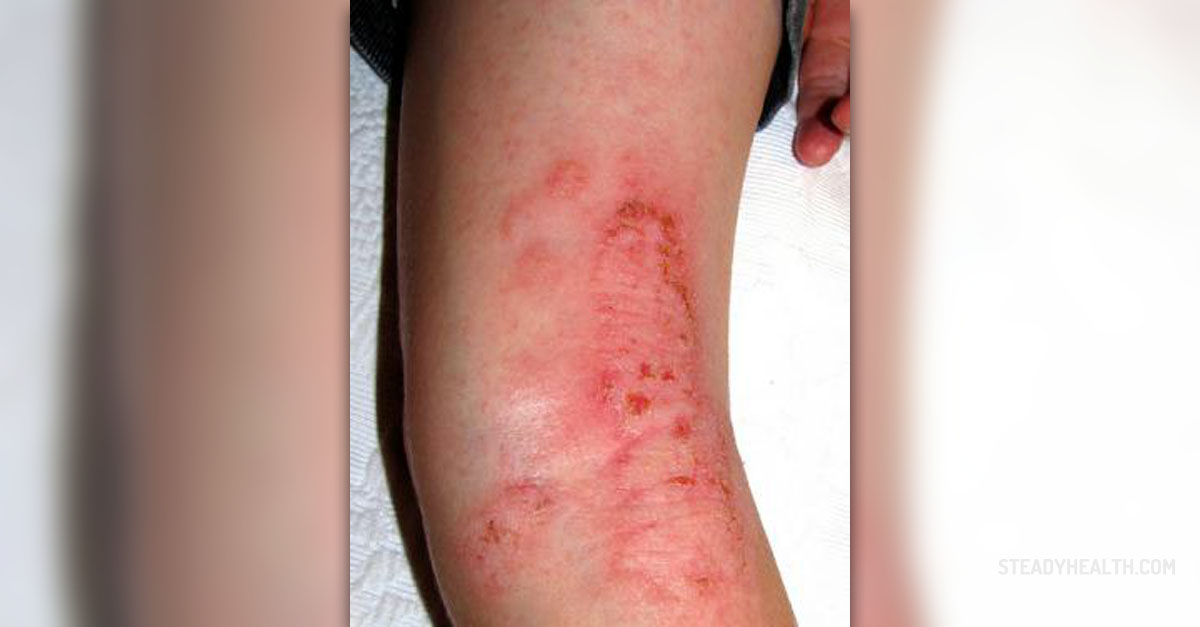
Infantile Seborrheic Eczema
Infantile seborrheic eczema is a medical condition common for infancy. Basically it is mild skin disease which only affects small portions of the skin and skin changes withdraw spontaneously within first two years of live. However, in small number of patients the disease may be troublesome and needs to be treated.
In seborrheic dermatitis the skin changes affect lipid-rich areas of the skin. In infants these areas include the scalp and upper part of the face. Cradle cap is typical skin change in infantile seborrheic dermatitis and it frequently occurs a few weeks after the birth. Cradle cap features with greasy and scaly patches. They are most commonly yellow and almost never itchy. The actual cause of the disease is hyperactivity of sebaceous glands.
Symptoms of Infantile Seborrheic Eczema
Infantile seborrheic eczema consists of specific skin lesions. They include flaky patches of skin and plaques. All skin changes are greasy and waxy.
These skin changes commonly affect area around the nose, ears and eyebrows. Cradle cap and dandruff is also typical for this type of seborrheic dermatitis. Some children may even lose hair on the affected part of the scalp.
The baby may also develop erythematous rash in groin and perianal area. Sometimes skin changes may be itchy and if scratched excoriations form. Excoriations carry risk of secondary bacterial infection.
This medical condition can be sometimes mixed with eczema, impetigo, fungal infections, and psoriasis.
Diagnosis and Treatment for Infantile Seborrheic Eczema
Well - experienced pediatrician can set the diagnosis just by simple physical examination of the patient. Cradle cap is way too typical to be mixed with other skin condition. Sometimes skin changes are checked for fungal infection.
Infantile seborrheic eczema is basically benign illness and there is no need for treatment. Parents sometimes worry even though they are assured that the baby is going to be fine. Namely, the ugly appearance of the skin changes may horrify the parents. In some cases parents are recommended to massage baby's scalp with mineral oil and to gently brush its hair. This maneuver may loosen the plaques. Topical emollients can be effective as well.
Medicamentous therapy basically includes topical steroids and antifungal agents. These medications are applied in a form of a cream, lotion or shampoo. Steroids are not supposed to be used for longer period of time. In certain cases coal-tar shampoo may be efficient.
The only complication connected to infantile seborrheic eczema is secondary bacterial infection and it is treated with antibiotic creams.



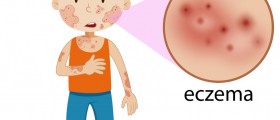
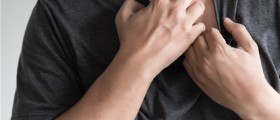

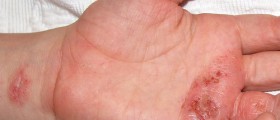
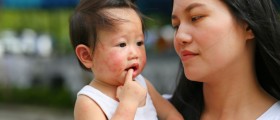
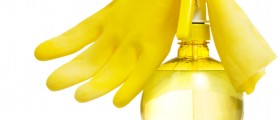
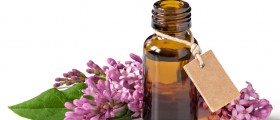

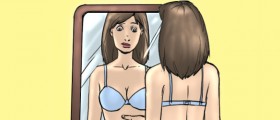
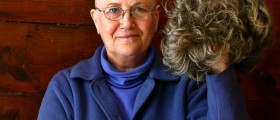
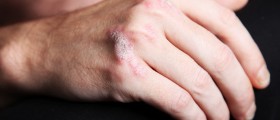


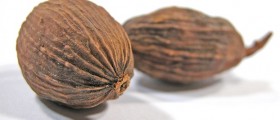
Your thoughts on this
Loading...